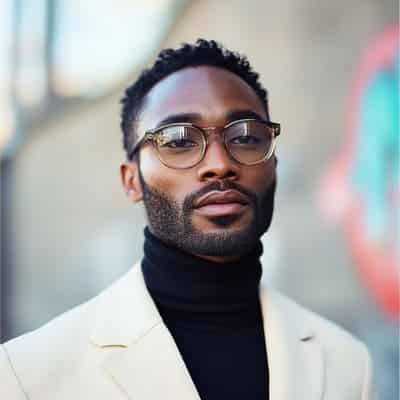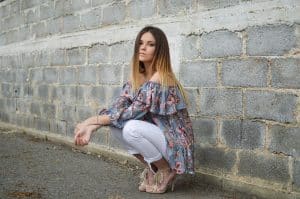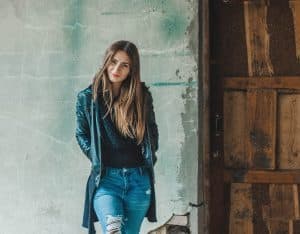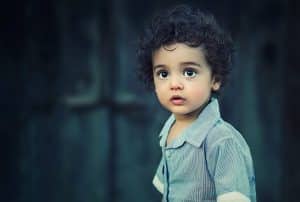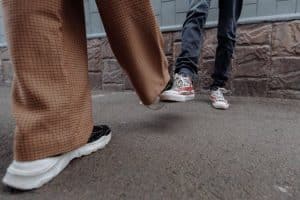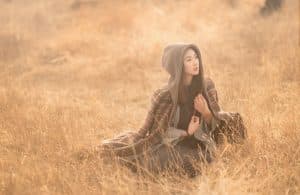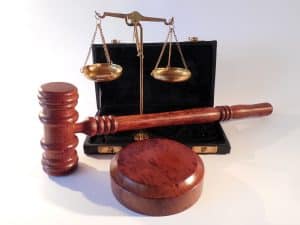Color Theory: Understanding the Psychology of Fashion
As humans, we are constantly surrounded by colors in our daily lives. From the greenery in our backyards to the vibrant hues of our wardrobes, colors have a strong influence on our emotions and behaviors. In the world of fashion, color plays a significant role in communicating style, personality, and even status. This is where the concept of color theory comes into play. In this article, we will dive deeper into the psychology behind the use of color in fashion and how it shapes our perceptions. Let’s explore the world of color theory and its impact on the fashion industry.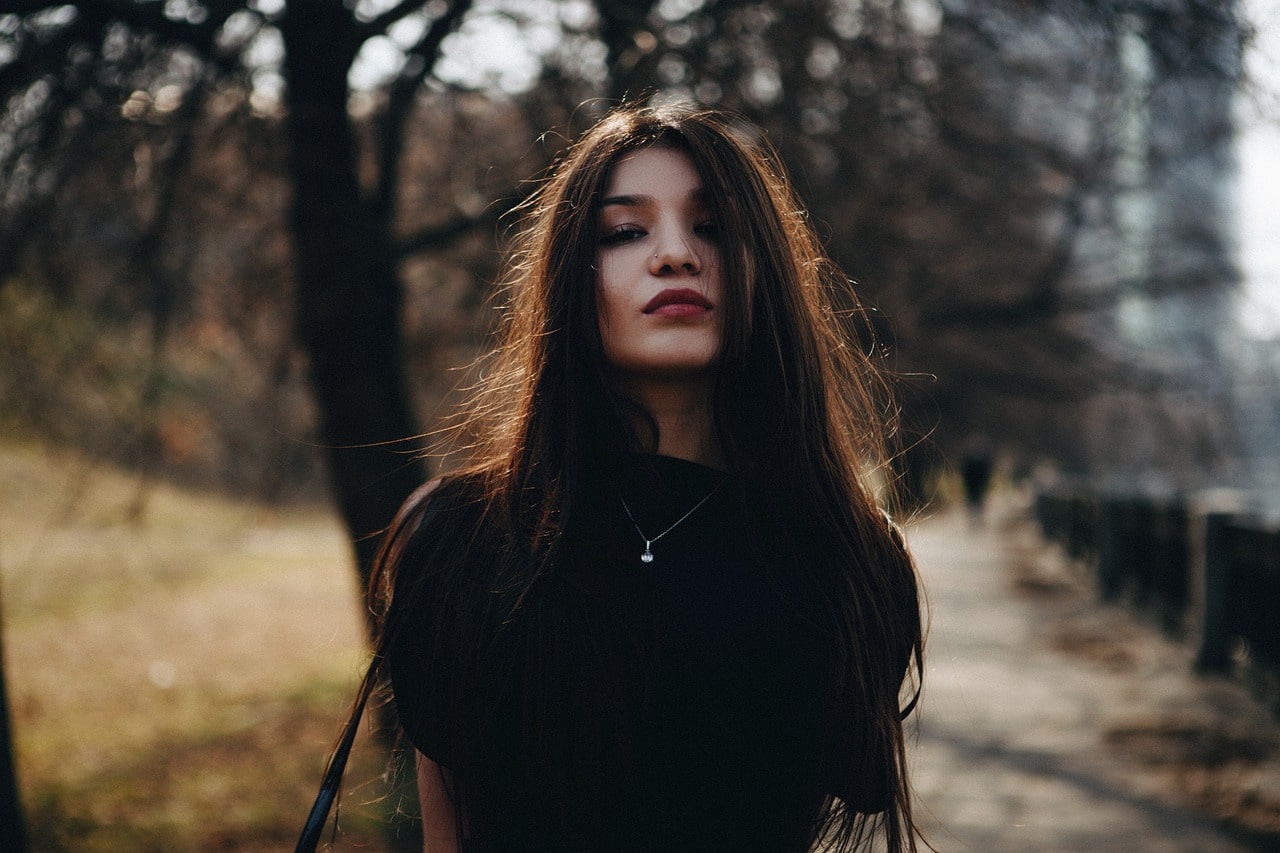
The Basics of Color Theory
Before we delve into the psychology of color in fashion, let’s understand the basics of color theory. It is a set of principles and guidelines that help us understand how colors work together, and how they can be used to evoke certain emotions or moods. This theory is derived from the study of the color wheel, consisting of primary, secondary, and tertiary colors. It also includes concepts like color harmony, contrast, and temperature, which are crucial for creating a visually appealing composition.
The Color Wheel
The color wheel is the foundation of color theory and is divided into three groups – primary, secondary, and tertiary. Primary colors are red, blue, and yellow, and they cannot be created by mixing any other colors. Secondary colors are created by mixing two primary colors, and they include purple, green, and orange. Tertiary colors are formed by mixing a primary color with a secondary color, giving us shades like blue-green, red-violet, and yellow-orange.
Color Harmony
Color harmony is the successful combination of colors that are pleasing to the eye. It is achieved through various techniques like complementary colors, analogous colors, and triadic colors. Complementary colors are the ones that are opposite each other on the color wheel, like blue and orange or yellow and purple. They create a high contrast and can make an outfit stand out. Analogous colors are next to each other on the color wheel, like yellow and orange or green and blue. This combination creates a more subtle and harmonious look. Triadic colors involve three colors evenly spaced on the color wheel, like red, yellow, and blue, which create a bold and dynamic effect.
Color Contrast
Color contrast refers to the difference in brightness, lightness, or saturation between two colors. High contrast is created by the use of colors with opposite properties, like black and white or red and green. This combination can create a bold and eye-catching effect. Low contrast, on the other hand, involves the use of colors that are similar in brightness or saturation. It can create a subtle and soothing effect, making an outfit appear more cohesive.
Color Temperature
Colors are also classified into warm and cool tones, based on their undertones. Warm colors like red, orange, and yellow are associated with energy, passion, and excitement. They can create a visually striking outfit and stand out from the crowd. Cool colors like blue, green, and purple are associated with calmness, serenity, and tranquility. They can create a more subtle and soothing look, perfect for a relaxed and effortless style.
The Psychology of Colors in Fashion
Now that we have covered the basics of color theory let’s understand how colors affect our emotions and behavior, especially in the realm of fashion.
The Power of Red
Red is the color of passion, energy, and love, and is known to evoke strong emotions. In fashion, it is often associated with confidence, sensuality, and power. When worn, it can make a bold statement and attract attention. Hence, it is often used in accessories, like statement jewelry or a bold red lip, to add a pop of color and elevate an outfit.
Excellent in Blue
Blue is a color of serenity, trust, and stability and is a popular choice in fashion. It is often used in professional settings, as it is associated with intelligence and reliability. Blue is also known to have a soothing effect, making it perfect for creating a calm and composed look. This color works well in both casual and formal settings and can be paired with various other colors, making it a versatile choice.
Green for Growth
Green is the color of nature, growth, and harmony, and is often used to create a sense of balance and stability. Green is also known to evoke feelings of well-being and prosperity. In fashion, it is a popular choice for casual wear, as it can create a calm and relaxed vibe. It is also used in accessories, like a green scarf or handbag, to add a touch of freshness to an outfit.
Enchanting in Yellow
Yellow is the color of sunshine, happiness, and warmth, and is known to evoke feelings of joy and optimism. In fashion, it can add a touch of playfulness and energy to an outfit. It is often used in accessories, like a yellow statement necklace or a pair of bright heels, to add a touch of fun to an otherwise neutral outfit. However, it is important to note that yellow can also evoke feelings of caution or anxiety, depending on the shade and context in which it is used.
Conclusion
Color theory is an essential aspect of fashion, and understanding its principles can help us create visually appealing and emotionally impactful outfits. Whether we want to make a bold statement or create a soothing and relaxed look, colors play a crucial role in shaping our perceptions. By harnessing the power of colors, we can express our style and personality, and leave a lasting impression.
With this knowledge in mind, let’s experiment with colors and make our fashion choices even more meaningful and impactful. Let’s embrace the world of color theory and understand the psychology behind the colors we wear.

